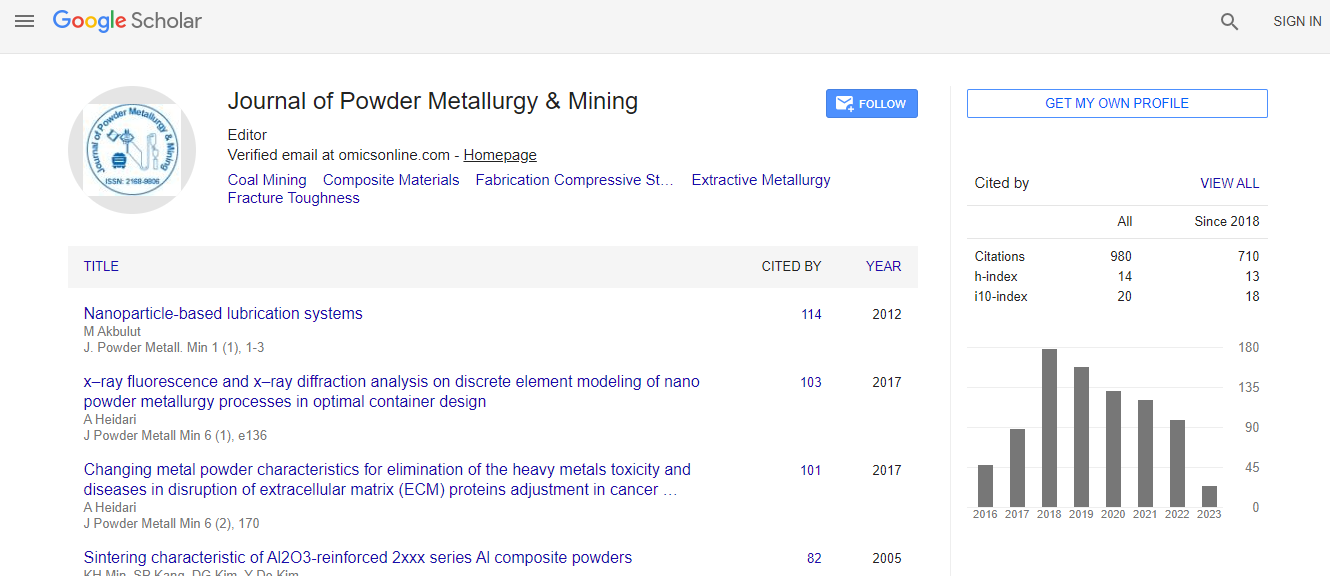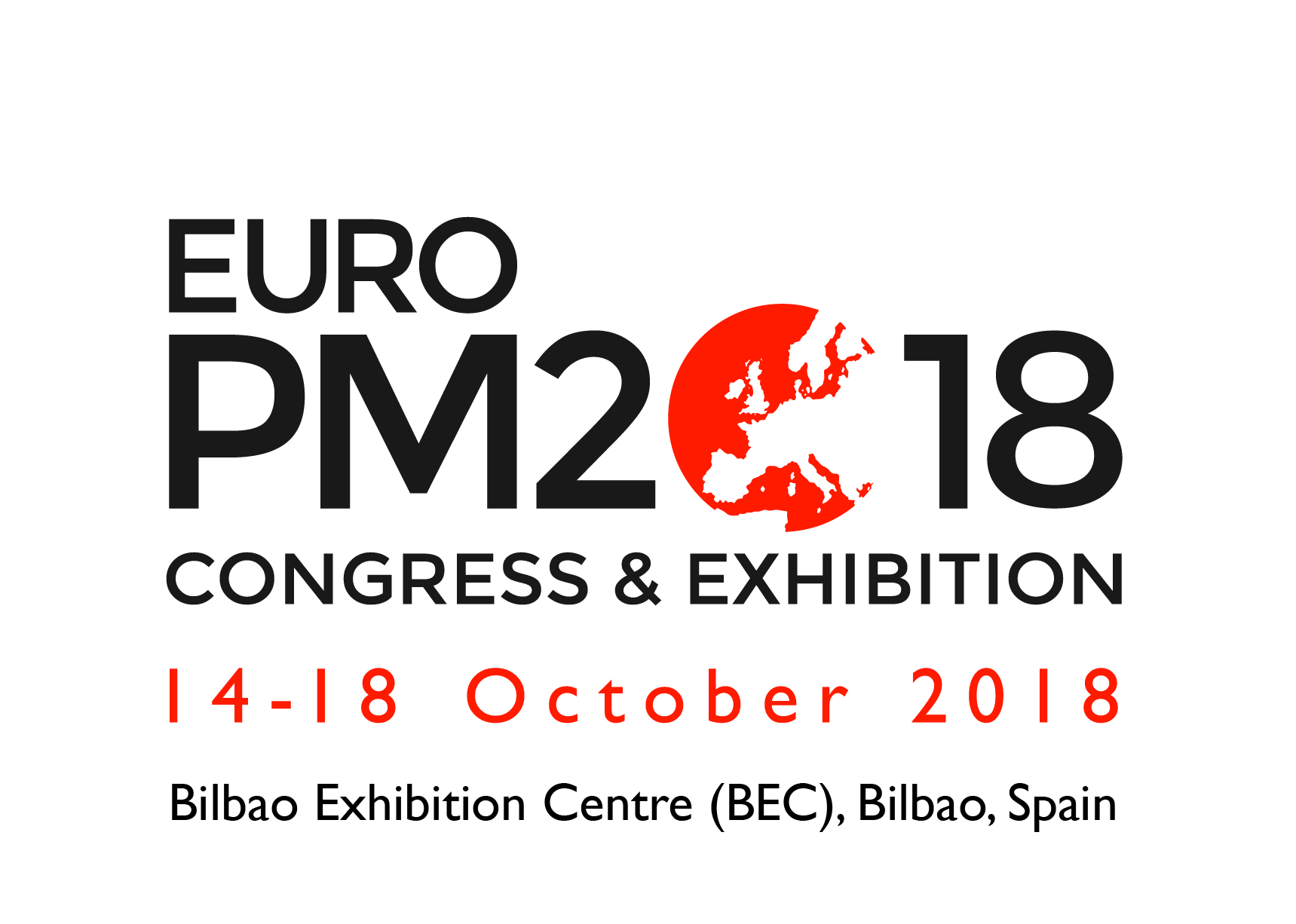Case Report
Beneficiation of Micaceous Iron Oxide from Veldurthi Area, Kurnool, AP,India
Ravi BP*, Venkatesha B, Krishna SJG, Patil MR and Kumar PSMineral Processing Department, VSK University, Nandihalli, Karnataka, India
- *Corresponding Author:
- Ravi BP
Mineral Processing Department
VSK University, Nandihalli-583119
Karnataka, India
Tel: 083922 42873
E-mail: ravibelavadi@gmail.com
Received Date: June 19, 2015 Accepted Date: June 25, 2015 Published Date: July 08, 2015
Citation: Ravi BP, Venkatesha B, Krishna SJG, Patil MR, Kumar PS (2015) Beneficiation of Micaceous Iron Oxide from Veldurthi Area, Kurnool, AP, India. J Powder Metall Min 4:133. doi:10.4172/2168-9806.1000133
Copyright: © 2015 Ravi BP, et al. This is an open-access article distributed under the terms of the Creative Commons Attribution License, which permits unrestricted use, distribution, and reproduction in any medium, provided the original author and source are credited.
Abstract
A micaceous hematite sample from Krishnapuram village, Veldurthi Mandal, Kurnool district, Andhra Pradesh was received for process evolution studies to obtain coating - welding rod - concentrate, assaying Fe>65%, SiO2<2%, Al2O3<2% LOI<1% and 100%<0.1 mm or pellet grade concentrate assaying Fe>63%, SiO2<4%, Al2O3<3% LOI<2% and 100%<0.1 mm. The sample analyzed 52.44% Fe (T), 23.63% SiO2, 0.55% Al2O3 and 0.64% LOI. It contained mainly very fine grained specularite associated with subordinate amounts of fine grained quartz and minor to trace amounts of hematite, magnetite and gibbsite. The process amenability test indicated that the sample is amenable to gravity and magnetic separation. The final test comprises of WHIMS at -200 mesh, >10000 gauss intensity produced a concentrate assaying 65.29% Fe, 4.07% SiO2, 0.42% Al2O3 and 0.32% LOI with 76.8% Fe distribution at wt% yield of 62.1, meeting pellet grade specifications. The above rougher concentrate after one cleaner WHIMS at >8500 gauss, assayed 67.80% Fe, 1.90% SiO2, 0.32% Al2O3, 0.22% LOI and 5 specific gravity with 63.6% Fe distribution at wt% yield of 50.0 meeting the specification of coating and welding rod industry.

 Spanish
Spanish  Chinese
Chinese  Russian
Russian  German
German  French
French  Japanese
Japanese  Portuguese
Portuguese  Hindi
Hindi 

